When most gardeners think of hostas, they envision lush shades of green, blue, and gold, gracefully swaying in the dappled shade of a forest or the gentle filter of morning light. There’s no denying that hostas are renowned for their tolerance of shade, but what if I told you there are hostas that can thrive in sun? Yes, you heard it right!
While hostas tend to prefer partial to full shade for optimal growth, a selection of cultivars are more than capable of handling sunny spots. Let’s dig into understanding which hostas enjoy darting rays of sunshine and how to care for them to maintain their vibrant beauty.
Understanding Hostas and Their Light Preferences
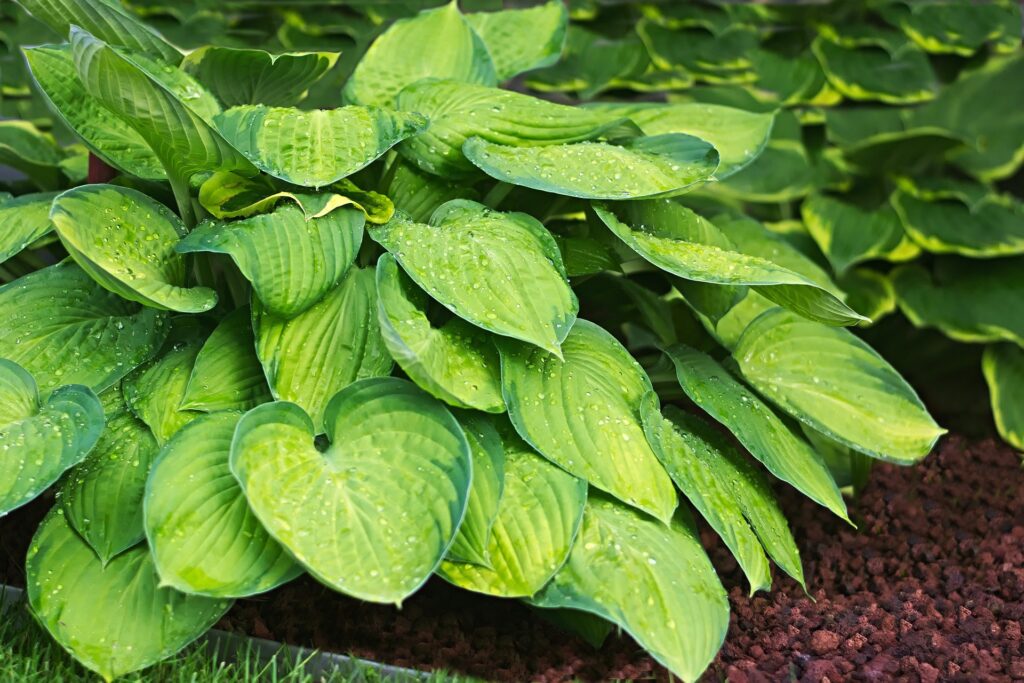
Before we delve into specific sun-loving hosta varieties, it’s essential to understand the broad spectrum of light preferences among these plants. Hostas, scientifically known as Hosta spp., are perennial plants originating from East Asia. Their adaptability to various light conditions is one of the reasons for their popularity. While they usually thrive in shady environments – often found beneath lofty trees in nature – there are certain hostas that bask in the sun without wilting.
Why Some Hostas Prefer Sunlight
Hostas that can tolerate more sunlight typically have some key characteristics. Their leaves are often thicker and waxier, which provides a natural defense against sunburn and dehydration. Furthermore, these sun-tolerant hostas usually have lighter-colored foliage, which reflects rather than absorbs sunlight, allowing them to endure more extensive sun exposure.
The Importance of Local Climate
When considering which hostas can manage sun exposure, it’s crucial to account for local climate conditions. In cooler areas, even hostas that can stand some sunlight might prefer afternoon shade to protect them from the harshest rays. Conversely, in warmer climates, the hostas that enjoy sun might thrive better with a little afternoon shading. Always take your local weather patterns into account when selecting your plants.
Notable Sun-Loving Hostas
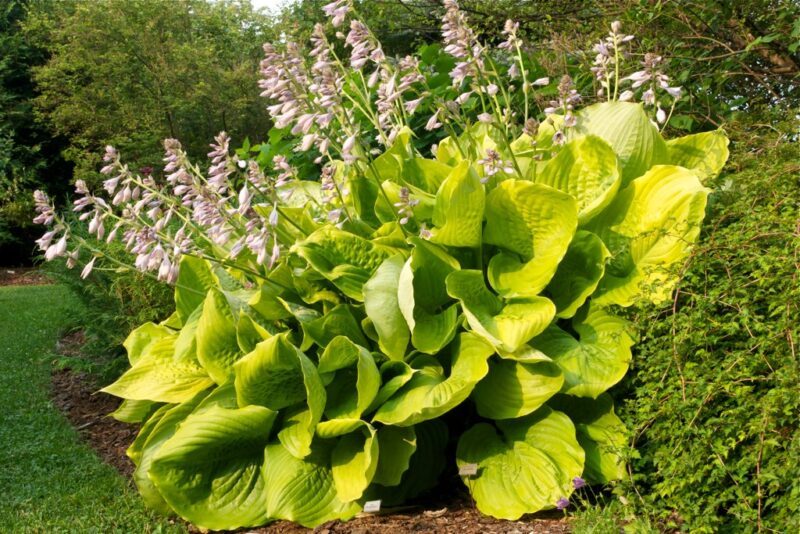
To get you started on your quest to find the perfect sunny hosta, here’s a list of some popular cultivars that are known for their sunny disposition. These selections not only survive but thrive with a bit of sunlight.
1. ‘Sun Power’
One of the most well-known sun-tolerant hostas is ‘Sun Power’. This variety features stunning, bright yellow foliage that becomes even more golden when exposed to sunlight. Growing to about 18-24 inches tall, it reaches a width of 36-48 inches. This hosta flourishes in zones 3-9 and boasts fragrant lavender flowers that emerge in midsummer. ‘Sun Power’ is perfect for creating a cheerful garden atmosphere, providing vibrant color that pops against shaded backdrops.
2. ‘Abiqua Drinking Gourd’
Known for its unique leaf shape, ‘Abiqua Drinking Gourd’ is a moderately sun-loving hosta with thick, deep blue-green leaves that can tolerate more sun than many other varieties. This cultivar can grow up to 30 inches tall and expands about 36-48 inches wide. It is particularly resilient in partial shade with some direct sun. Its mottled light lavender flowers in summer add a delightful contrast to the lush foliage. Ideal for zone 3-9 gardens, it holds its color well even under brighter conditions.
3. ‘Halcyon’
‘Halcyon’ is a classic choice among sun-tolerant hostas and is often favored for its stunning blue-green leaves. This variety does particularly well in areas with morning sun and afternoon shade, adapting gracefully to various environments. Its growth typically reaches about 24-30 inches tall and 36-48 inches wide. Whimsical lavender flowers bloom during mid to late summer, creating an enchanting spectacle against its soothing foliage. Hardy in zones 3-8, ‘Halcyon’ can be relied upon as a stalwart in gardens seeking sun-loving plants.
4. ‘Fragrant Bouquet’
As the name suggests, ‘Fragrant Bouquet’ offers both beauty and aroma. This hosta features dark green leaves with creamy white edges, making it a striking addition to any sunny spot. The foliage reaches about 24-30 inches in height and can spread 36-48 inches wide. Its flowers are particularly fragrant, attracting pollinators and adding an enticing element to your garden. This hosta thrives in zones 3-9, eager for at least 4-6 hours of sunlight daily.
5. ‘Blue Angel’
If you’re in search of a robust hosta that can handle sunnier locations, look no further than ‘Blue Angel’. With its substantial, heart-shaped leaves and towering stature of up to 36 inches tall, this hosta creates a striking vertical element in the landscape. The rich blue foliage holds its color exceptionally well in direct sun. It blooms with fragrant, pale lavender flowers, often enchanting hummingbirds. Resilient in zones 3-9, ‘Blue Angel’ can be a showstopper in both sunny and partially shaded areas.
6. ‘Golden Tiara’
This charming hosta is a delightful addition if you want to pack your garden with vibrant colors. ‘Golden Tiara’ features bright golden-yellow leaves adorned with green margins. It typically reaches about 12-18 inches in height, making it suitable for front borders and mixed containers. This variety does well in sunny spots and can flourish with as little as 4-6 hours of direct sunlight. The pretty lavender flowers add to its appeal in zones 3-9, making it a versatile choice for sun-seeking gardeners.
Tips for Growing Sun-Loving Hostas
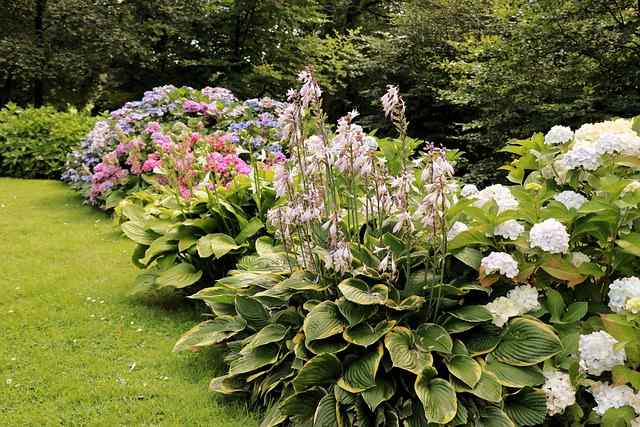
Now that you are familiar with some of the most popular sun-loving hosta varieties, let’s explore some essential tips to ensure they thrive in sunnier spots.
1. Soil Matters
Hostas necessitate rich, well-drained soil for optimal growth. Amending your garden with organic matter, such as compost, can enhance soil structure and moisture retention. A slightly acidic to neutral pH will encourage your sun-loving hostas to thrive. Conducting a soil test can help you identify necessary amendments.
2. Watering Wisely
While many hostas are known for their drought tolerance, sun-loving varieties need consistent moisture, particularly during hotter months. A deep watering schedule, ideally in the early morning, can help establish deeper root systems and maintain humidity levels around the plant. Mulching around the base is also beneficial, retaining soil moisture and suppressing competition from weeds.
3. Monitor Sun Exposure
Although hostas like the sun, it’s essential to strike a balance. Too much midday sun can scorch the leaves and lead to wilting, especially in areas with intense heat. Observe your plants regularly to see how they respond to their light conditions, adjusting their placement if necessary.
4. Fertilization Techniques
Hostas benefit from a well-structured fertilization regimen in the early spring and mid-summer. A balanced, slow-release granular fertilizer is often the best choice. However, moderation is key—over-fertilizing can cause problems, resulting in leggy growth or compromised foliage. Organic fertilizers are excellent for providing nutrients without risking toxicity.
5. Pest Management
Even sun-tolerant hostas can attract pests like slugs and snails, especially in moist environments. Regular inspection and proactive measures, such as using organic repellents or setting up barriers, can help manage pest attacks. Healthy plants are more resistant, so proper care and nutrition will go a long way in keeping these nuisances at bay.
Companion Plants for Sun-Loving Hostas
Pairing your hostas with the right companion plants can create a vibrant and harmonious garden space. Here are a few suggestions for plants that blend well with sun-loving hostas:
1. Daylilies (Hemerocallis)
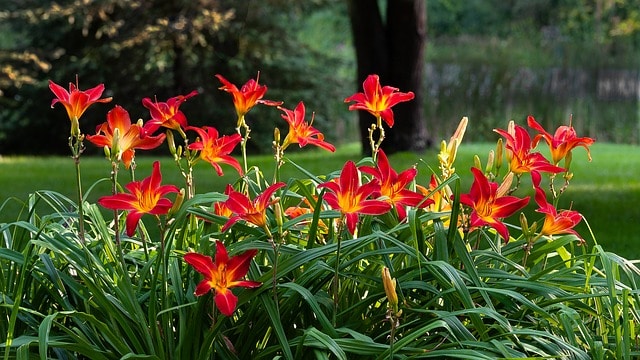
These hardy perennials bloom in a stunning array of colors and thrive in similar sunny conditions. Daylilies can fill in gaps around your hostas, creating a colorful profile that complements the hostas’ foliage.
2. Sedums
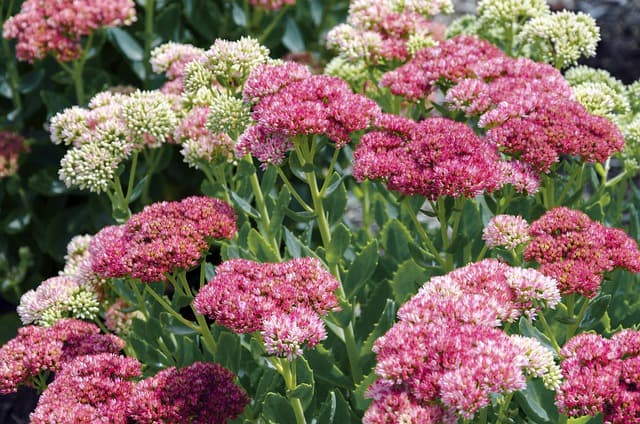
Perfect for sunny spots, sedums’ succulent nature makes them drought-resistant and an excellent filler. Their varying heights and textures can bring diversity to your garden while providing a contrasting aesthetic.
3. Iris

With their rigorous blooms, irises are gorgeous companions that add drama and beauty. They thrive best under similar lighting conditions and can create an eye-catching display when planted alongside hostas.
4. Coneflowers (Echinacea)
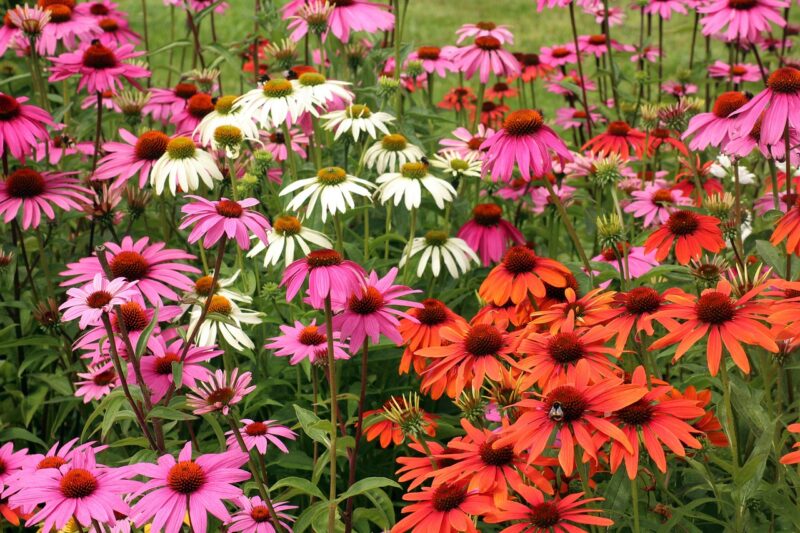
These vibrant flowers attract pollinators and add a pop of color to your garden. Echinacea does particularly well in sunny areas, making them perfect companions for your vibrant hostas.
Gardening Success: Final Thoughts
Gardening is an art as much as it is a science. By understanding the unique needs and characteristics of sun-loving hostas, you’re not just planting; you’re creating a vibrant and living canvas that can be enjoyed year after year. With a little experimentation, observation, and care, you’ll soon discover the perfect mix of plants that thrive harmoniously in your sunny garden spaces.





